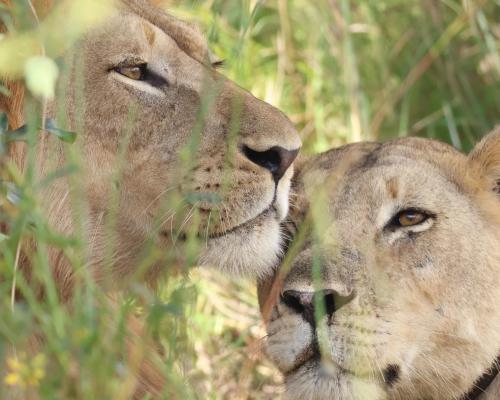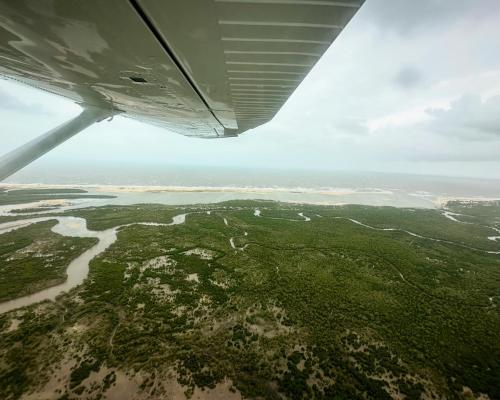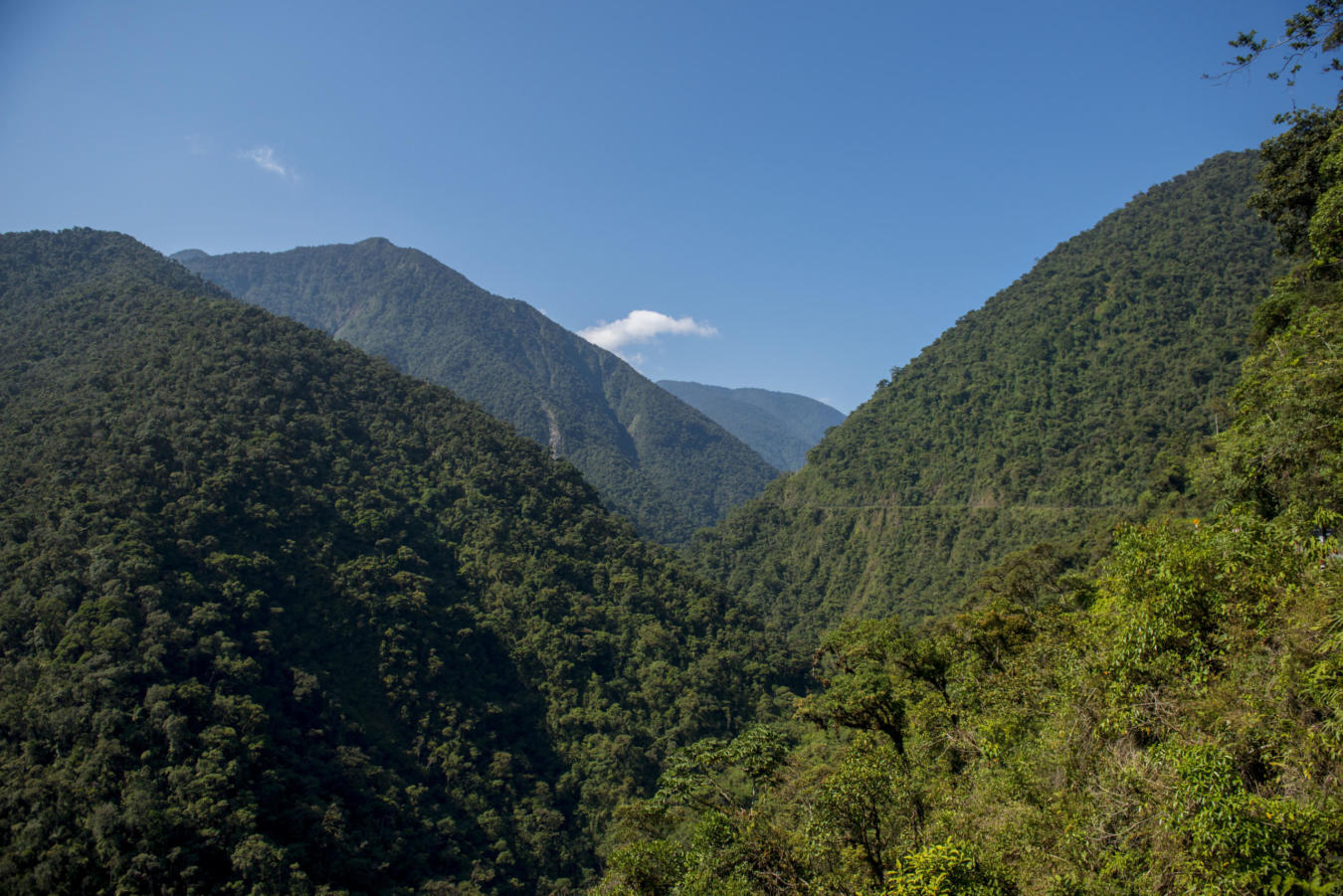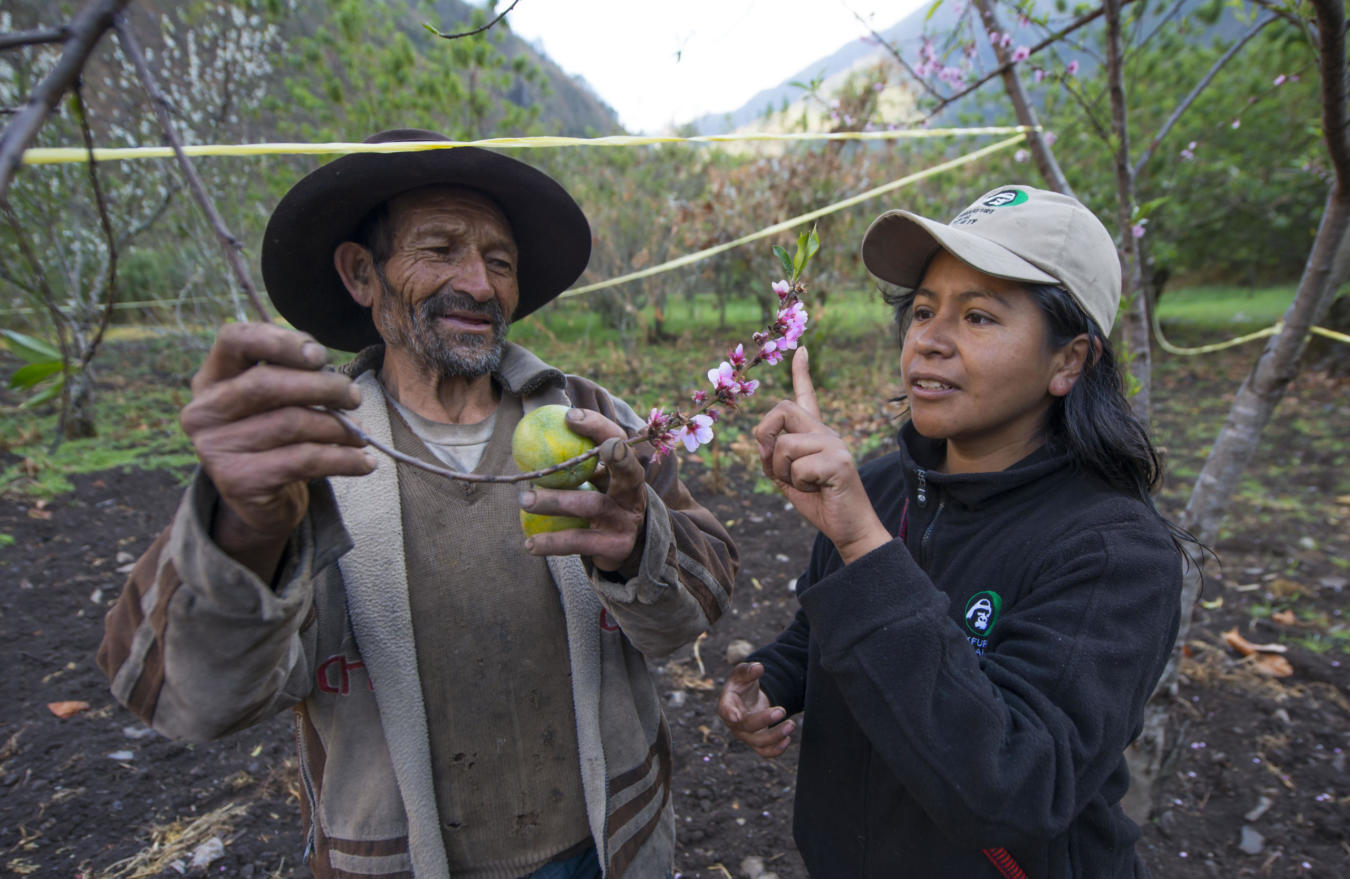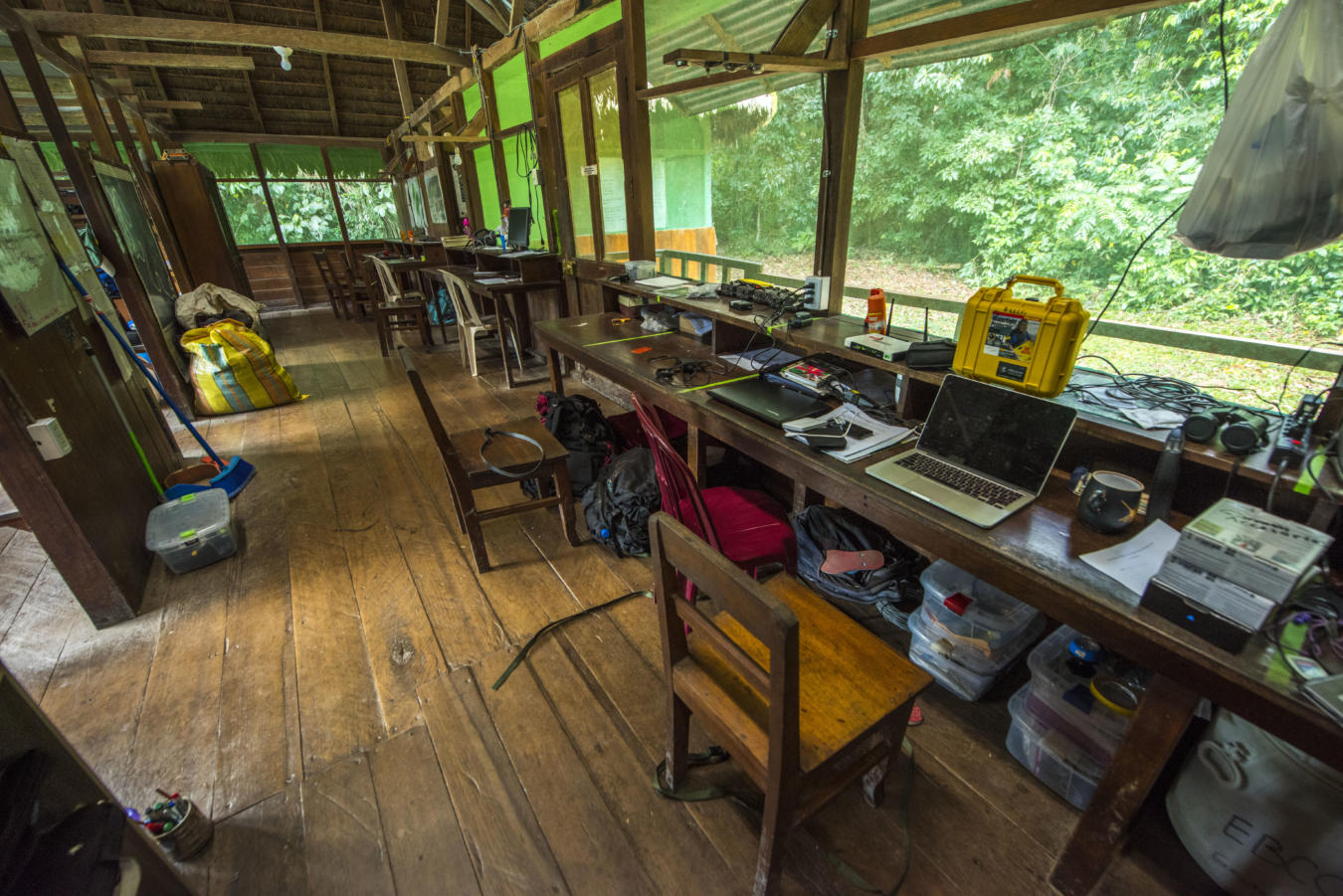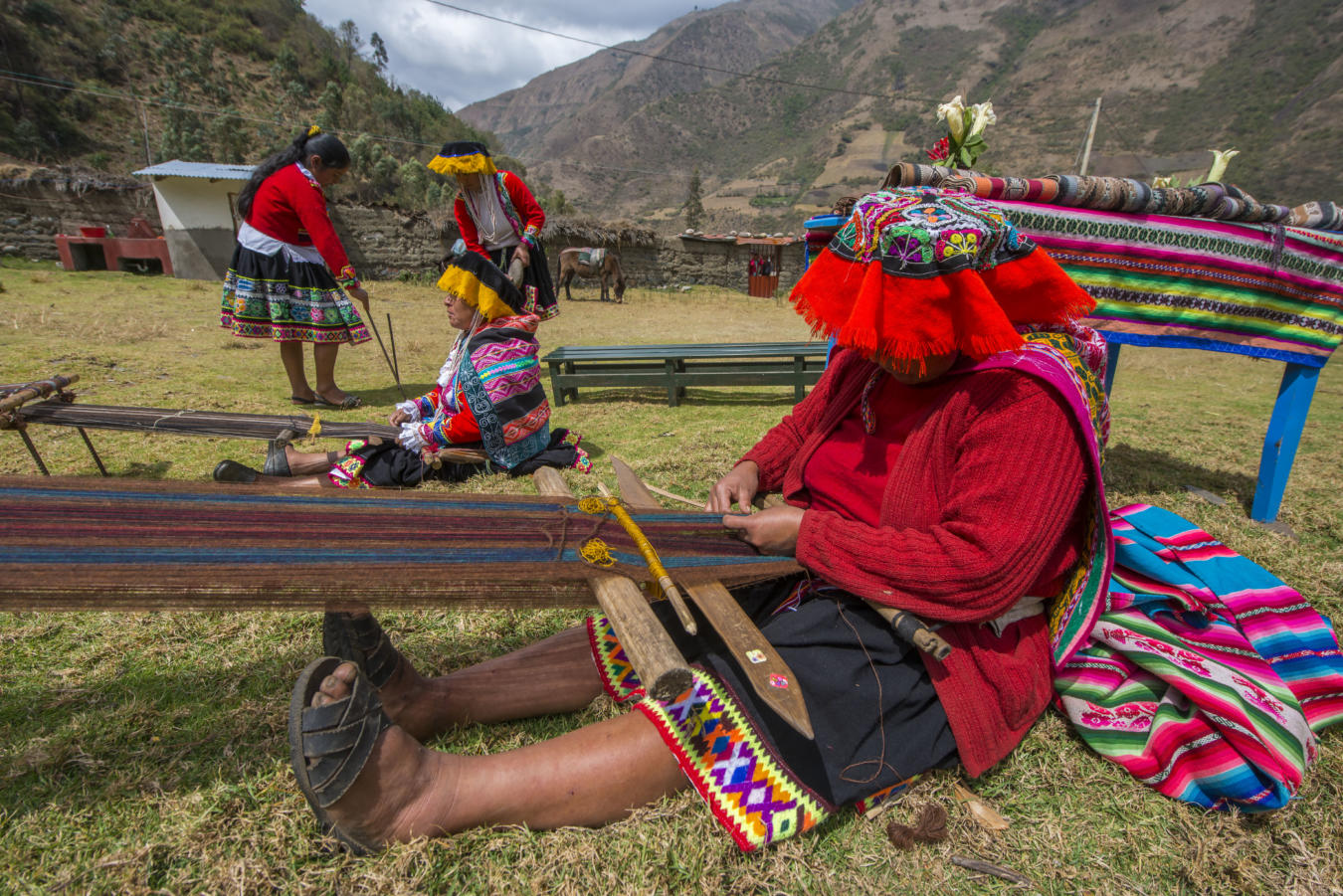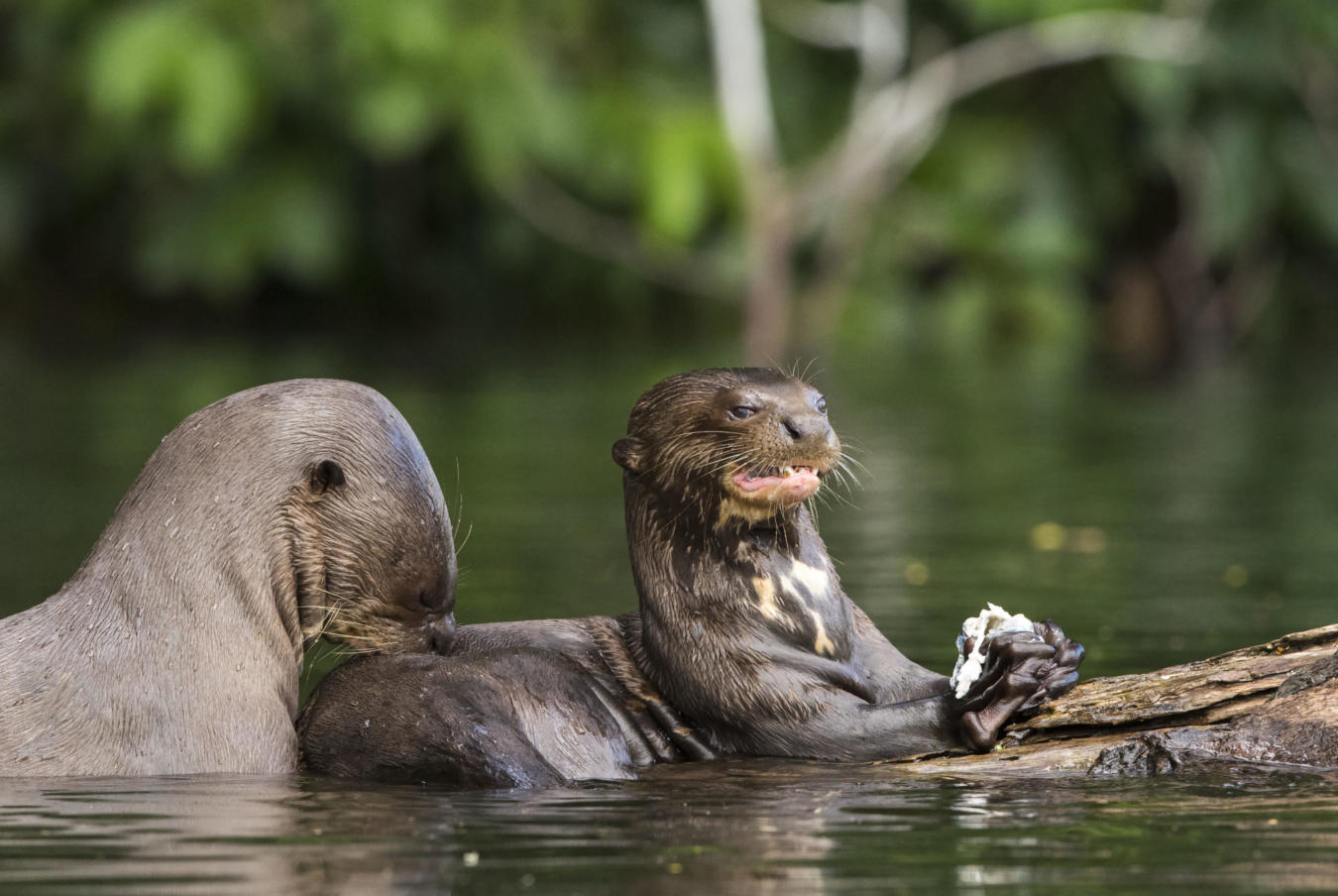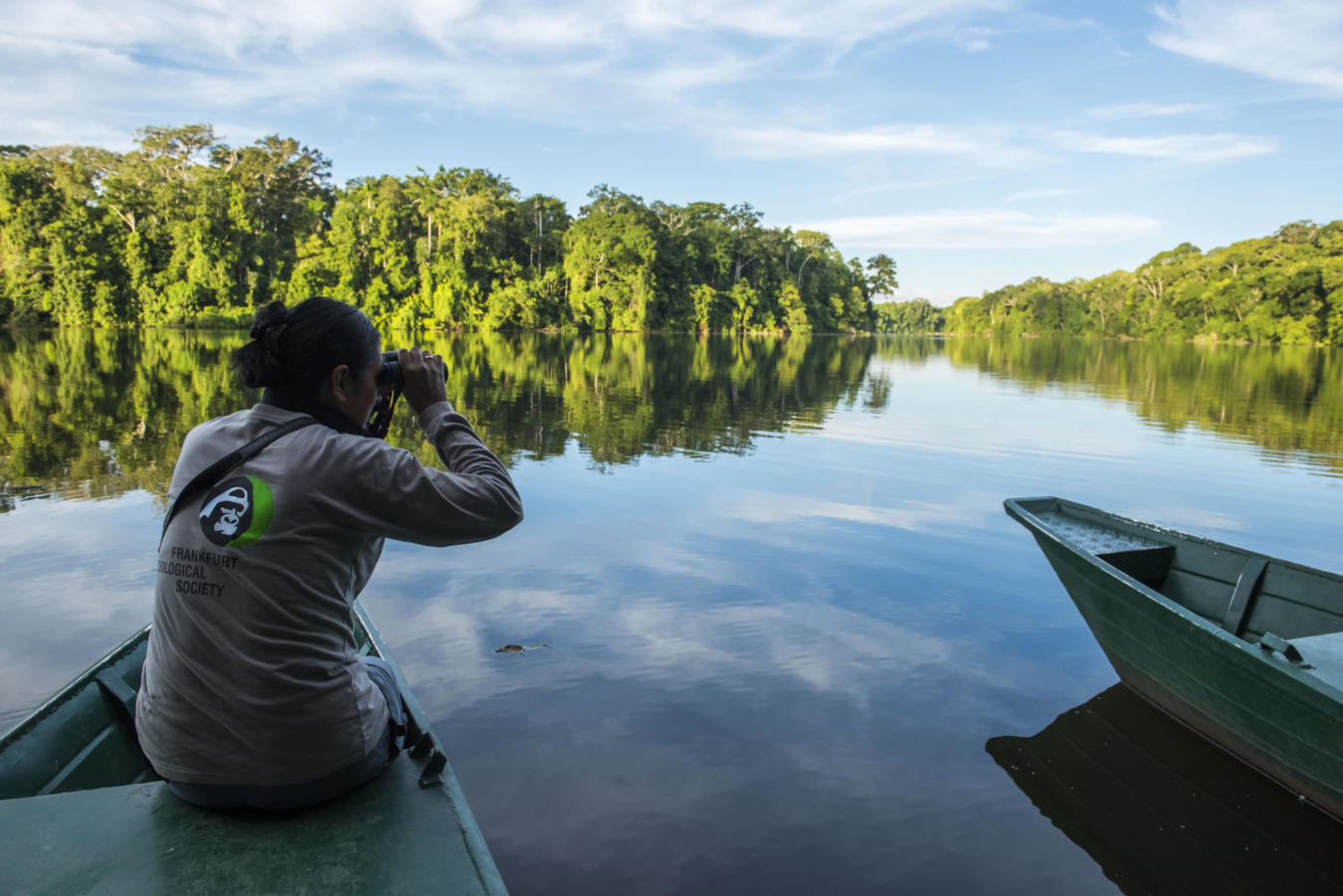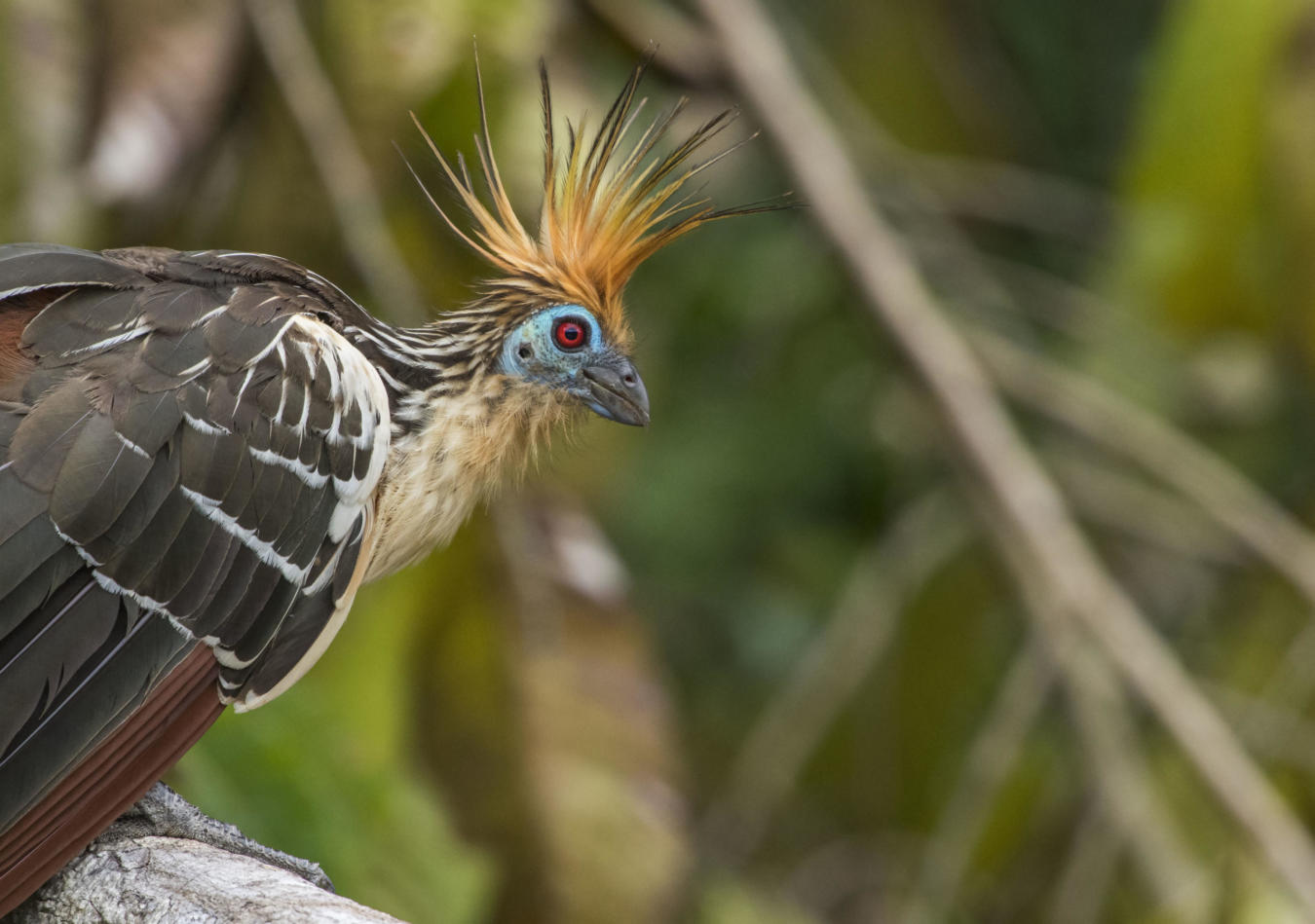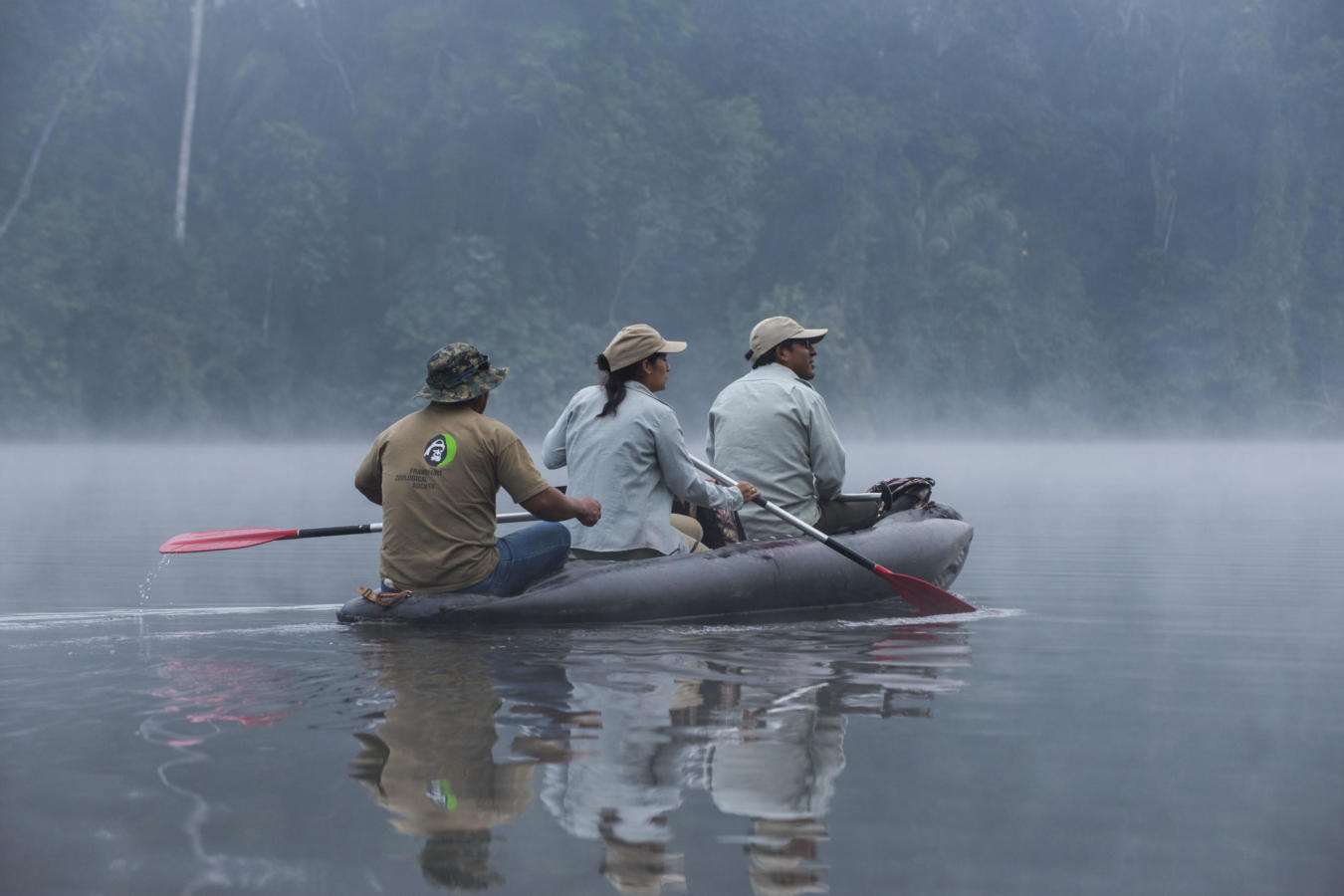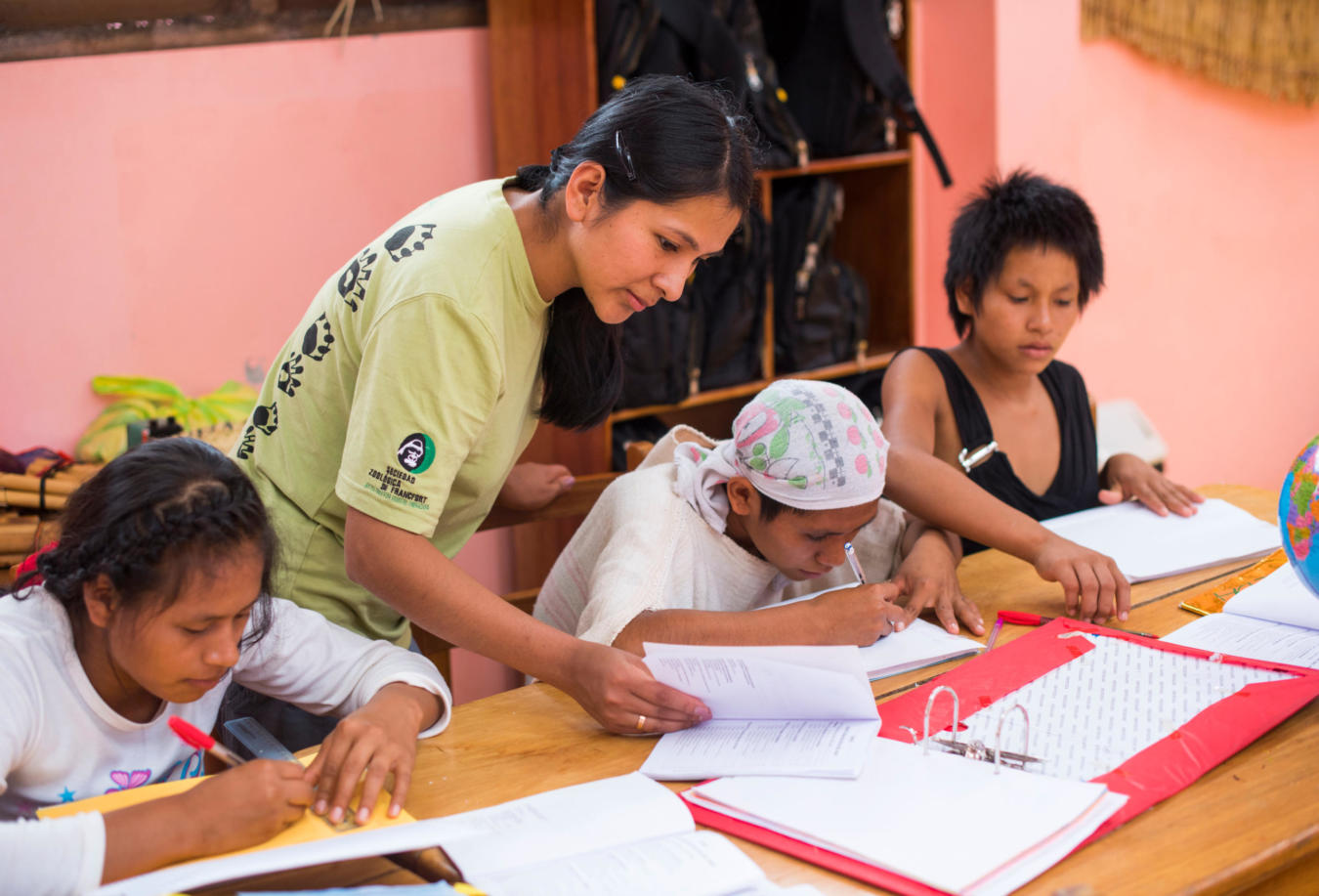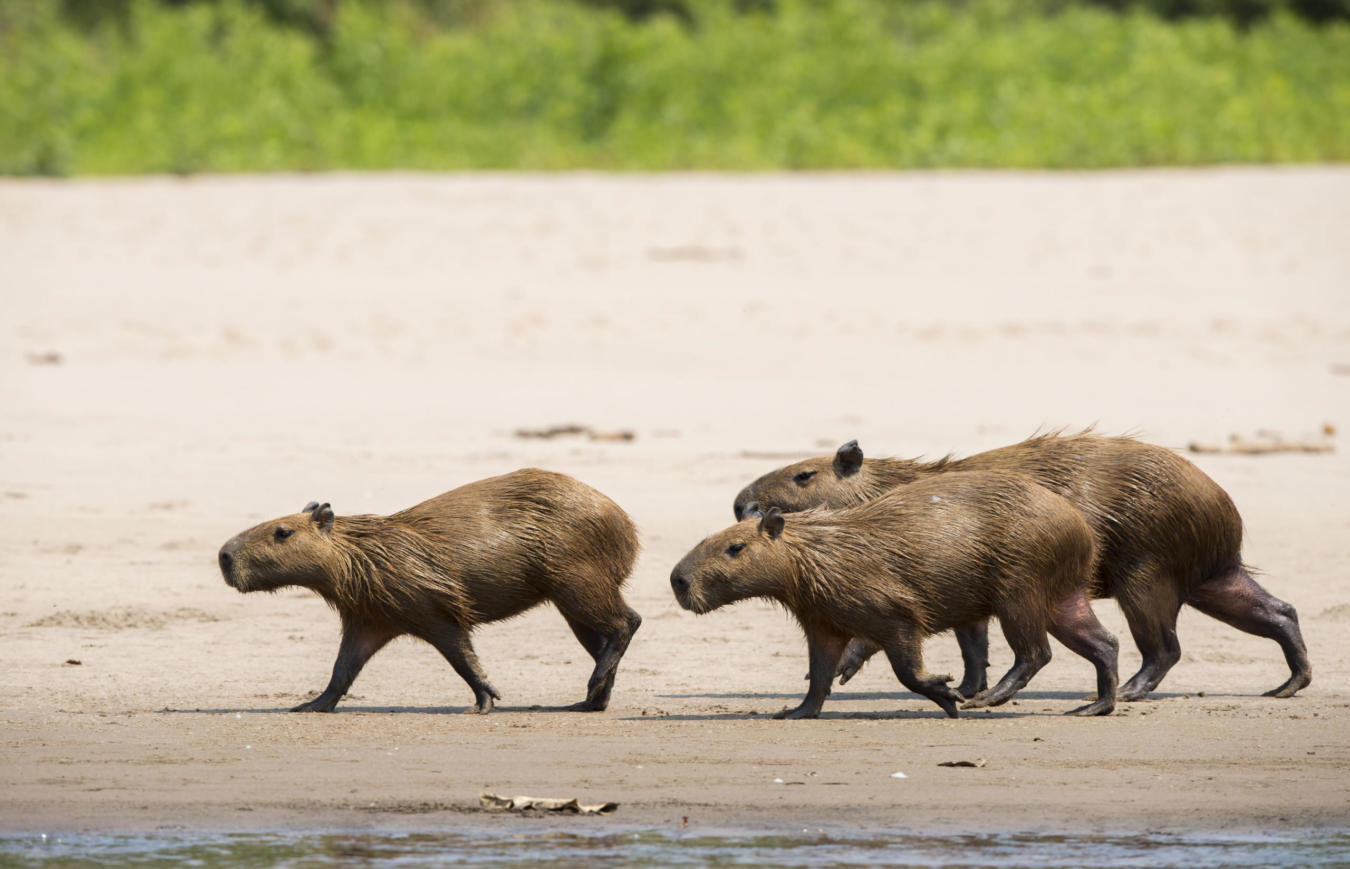Boca Manu student residence integrated into the national system of Peruvian boarding schools within the Ministry of Education.
The Manú landscape in south-eastern Peru, where the Andes meet the Amazon, is a globally recognized biodiversity hotspot. The landscape encompasses a unique altitudinal gradient from 4,200 meters in the high Andes with puna grasslands, through cloud, mountain, and foothill forests to lowland tropical forests at an altitude of only 300 meters. The mosaic of largely untouched ecosystems, which includes four state-protected areas and one indigenous territory, has a combined area of more than 51,000 square kilometers.
Eight ethnic groups and several indigenous peoples live in isolation in the lowland regions of the Amazon basin. The UNESCO World Heritage Manú National Park and the UNESCO Manú Biosphere Reserve are important model regions for the sustainable management of natural resources and nature conservation.
- Name of project: Conservation of the extraordinary biological, cultural and environmental diversity of the Manú landscape
- Manu National Park: 17,162 km²
- Megantoni National Sanctuary: 2,158 km²
- Amarakaeri Communal Reserve: 6,827 km²
- Matsiguenka Communal Reserve: 7,421 km²
- Kugapakori Nahua – Nanti Territorial Reserve: 4,529 km²
- Project leader: Oscar Mujica
- Project start: 1990
- Construction, and equipment provision to Peruvian authority of natural protected areas (SERNANP) and Ministry of Culture (MINCUL) for control posts and implementation of an annual maintenance program
- Remote surveillance through high-resolution satellite data, overflights, and the use of drones to detect illegal activities
- Support SERNANP in their law enforcement operations against illegal activities in the buffer and core zones of the protected areas
- Support for protected area management to undertake patrols in remote areas and capacity building of park guards
- Annual monitoring of the conservation status of giant otters in the Manu Landscape and how they serve as indicators of aquatic ecosystem health
- Annual review of forest cover and identification of deforestation
- Support regular meetings for the protected areas management committees in the Manu landscape and provide special funding to allow local communities within the landscape to attend those meetings
- Technical support for environmentally-friendly livelihoods in the Andean part of the landscape based on conservation agreements between the Peruvian authority of natural protected areas (SERNANP) and the local communities, such as cultivation and marketing of Andean berries, apples, coffee, honey production, cultivation of seedlings in nurseries, and artisanal products takes place
- Support sustainable small-scale producer’s associations to sell their products in markets in Challabamba, Paucartambo, and Cusco
- Facilitate environmental education for school students, local people, and visitors to protected areas through an awareness and information program held in educational and visitor centers
- Raise awareness about the importance of biodiversity and the benefits of protected areas for the well-being of the local people with a special focus on the occurrence and prevention of pandemics
- Promote the participation of authorities, local populations in events, which strengthen the protection and conservation of the landscape
- Strengthen intercultural and bilingual formal education (primary and secondary) in the indigenous communities of the Manú Landscape and at the Boca Manú Boarding School
- Facilitate dialogues with the Regional Education Directorate of Madre de Dios for the incorporation of educational materials into the national education system
- Increase understanding in Matsiguenka communities regarding the need to protect indigenous groups living in isolation
Successful conservation is always the result of great teamwork. We collaborate with local communities, national authorities, and conservation organizations. Our partners make our conservation work possible.
-
 Peruvian authority of natural protected areas (SERNANP)
Peruvian authority of natural protected areas (SERNANP) -
 Ministerio de Cultura Peru (MINCUL)
Ministerio de Cultura Peru (MINCUL) -
 International Climate Initiative (IKI)
International Climate Initiative (IKI) -
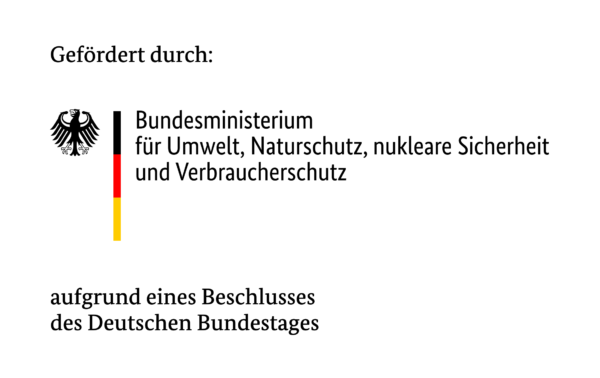 Federal Ministry for the Environment, Nature Conservation, Nuclear Safety and Consumer Protection
Federal Ministry for the Environment, Nature Conservation, Nuclear Safety and Consumer Protection -
 Ministerio del Ambiente (MINAM)
Ministerio del Ambiente (MINAM) -
 Ministerio de Educación (MINEDU)
Ministerio de Educación (MINEDU) -
 Gordon and Betty Moore Foundation
Gordon and Betty Moore Foundation -
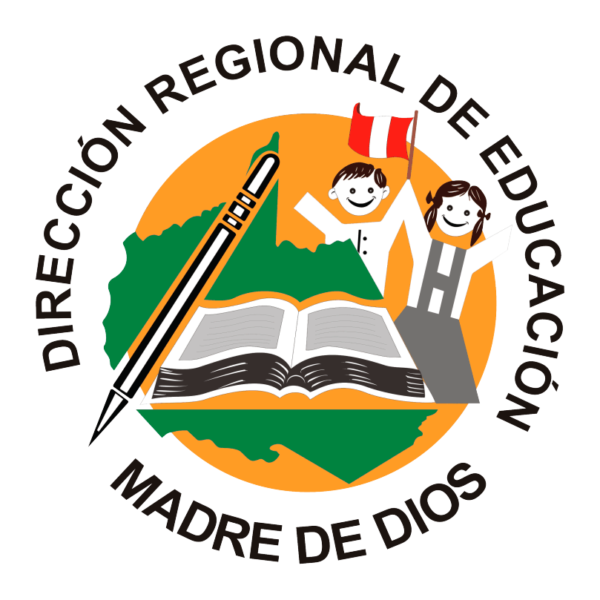 Dirección Regional de Educacion de Madre de Dios (DRE Madre de Dios)
Dirección Regional de Educacion de Madre de Dios (DRE Madre de Dios) -
 Unidad de Gestion Educativa Local de Madre de Dios (UGEL Madre de Dios)
Unidad de Gestion Educativa Local de Madre de Dios (UGEL Madre de Dios) -
 Red Educativa Rural Manu
Red Educativa Rural Manu -
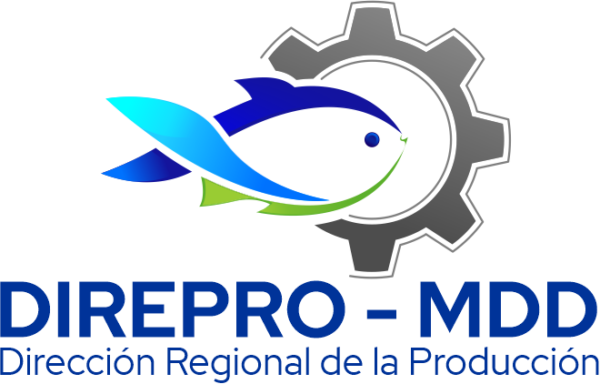 Dirección Regional de la Producción (DIREPRO)
Dirección Regional de la Producción (DIREPRO) -
 Federación Nativa del Río Madre de Dios y Afluentes (FENAMAD)
Federación Nativa del Río Madre de Dios y Afluentes (FENAMAD) -
 Conservación Amazónica (ACCA)
Conservación Amazónica (ACCA) -
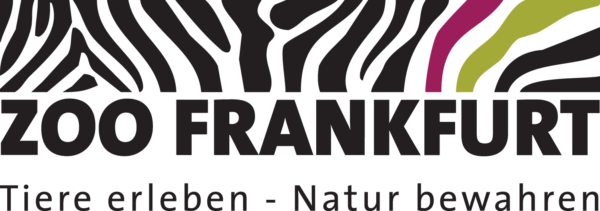 Zoo Frankfurt
Zoo Frankfurt
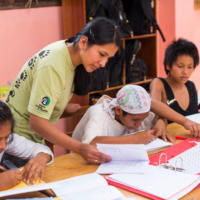
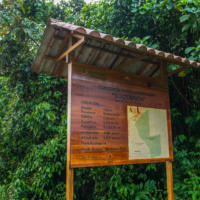
Extension of Manu Biosphere Reserve and successful update of the management plan.
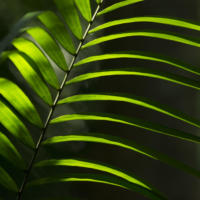
FZS increases its work program in the Manú Biosphere Reserve with German Government Funding through the International Climate Initiative (IKI).
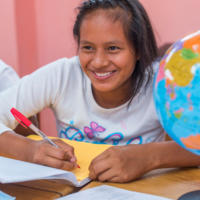
FZS starts supporting access to secondary education by funding a neglected boarding school in the town of Boca Manu.

Start of research on endangered giant otters in Manu National Park.
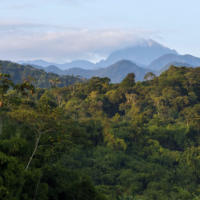
Manu National Park is recognized as a natural UNESCO World Heritage Site.
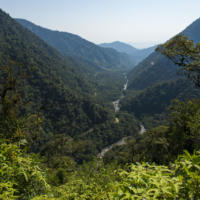
Designation of Manu National Park.
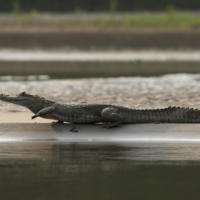
FZS supportss research on endangered Black Caiman and the establishment of the famous Cocha Cashu Biological Research Station.






